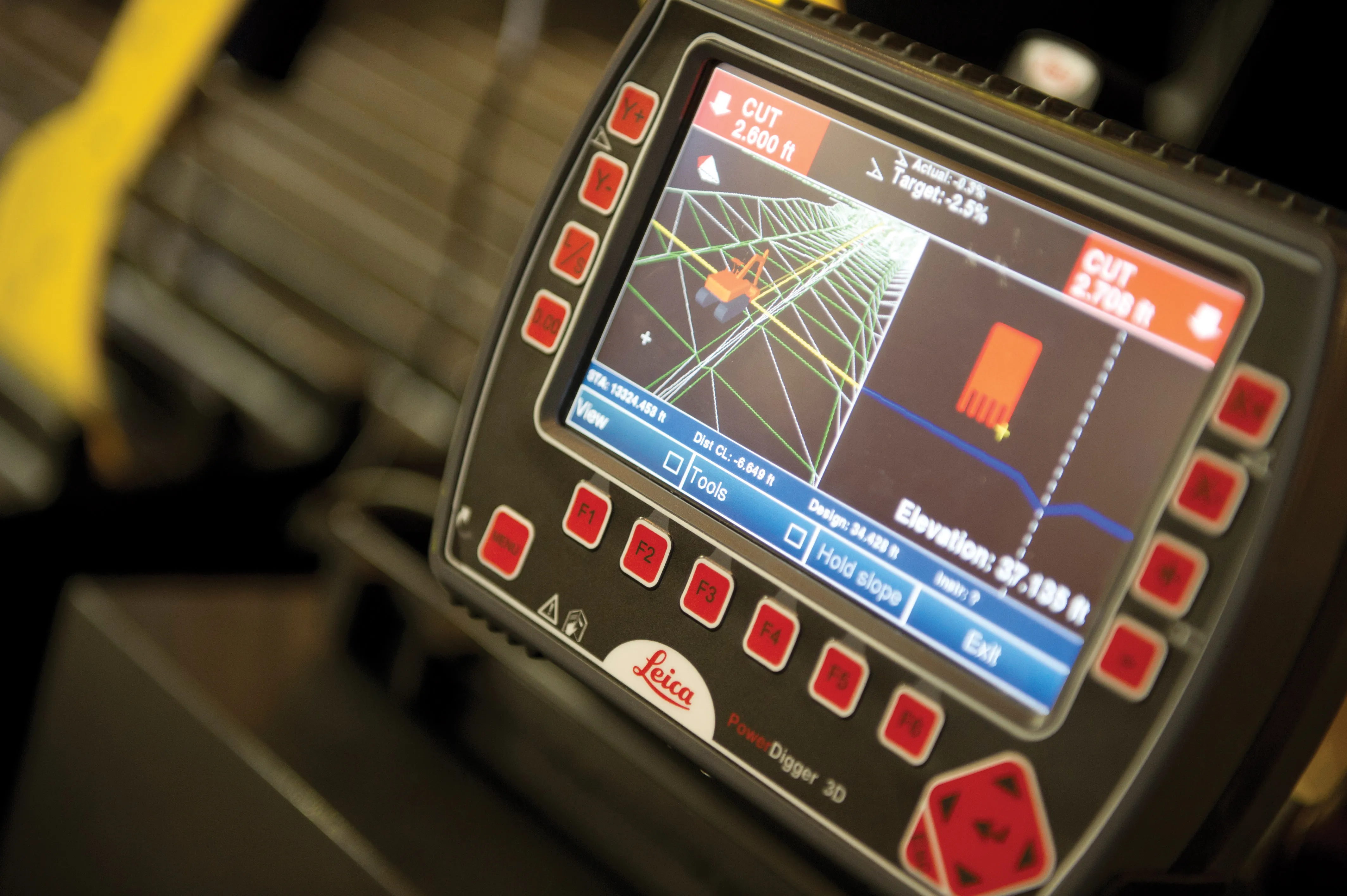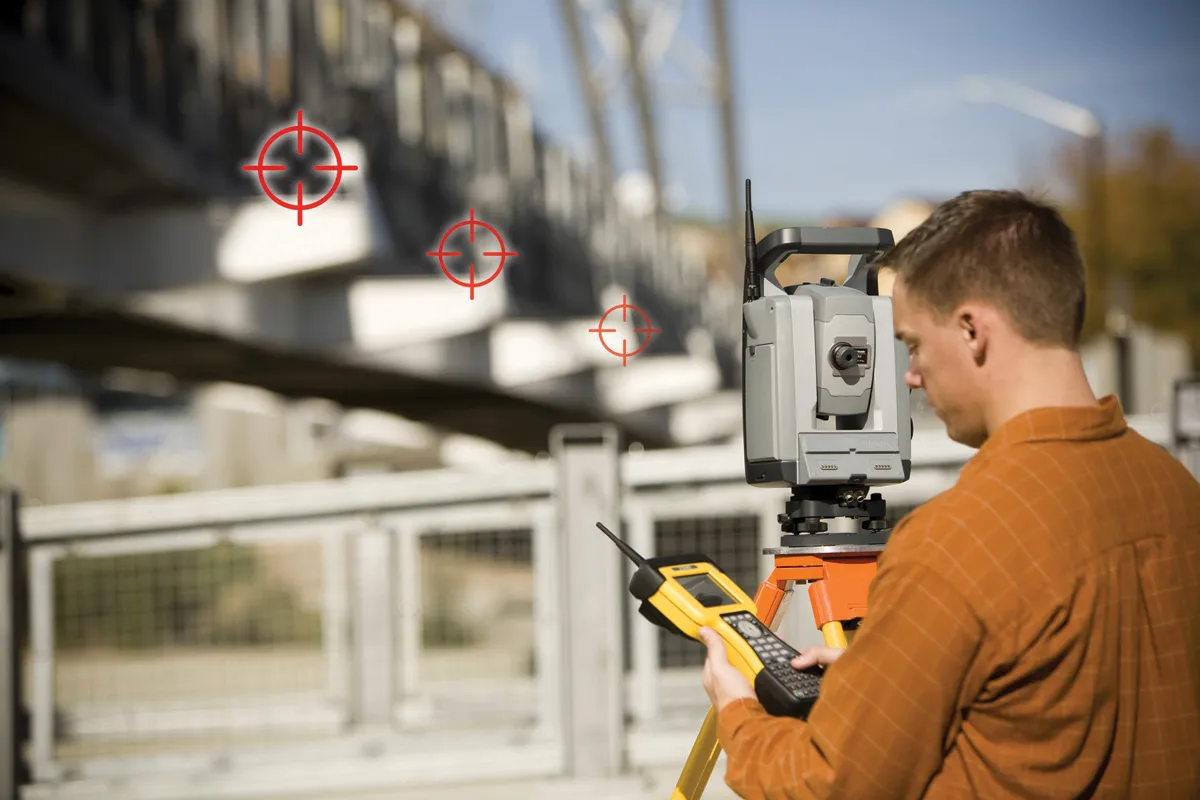Topcon Europe Positioning has launched a new total station range to its mid-range engineering grade portfolio. Available in three different angular accuracy models (2.54cms, 7.62cms and 12.7cms), and running the latest version of Windows CE 6.0, the OS Series is said by Topcon to rede
fine this class of optical measuring device.
June 20, 2012
Read time: 2 mins

Topcon’s innovative LongLinkTM communication system also features on the OS total stations. Its technology uses a long range Class 1 Bluetooth link to enable users to take remote control on the instrument – up to 300metres away. This is said to create the potential for the surveyor on the pole to take full control of the survey, reducing errors and speeding up staking out operations.
Also featuring the same TSshield functionality as the ES Series, the OS uses its telematics module to deploy the same innovative site security features as its sibling instrument. Using the telematics module, a digital code is automatically sent from the remote server to the instrument should it be reported as being missing or stolen. It allows the location of the instrument to be tracked and significantly increases the chances of recovering it.
The OS also runs Topcon’s latest data collection, management and transfer software solution ‘Magnet Onboard’. The innovative solution allows data to be seamlessly transferred to and from remote server locations ensuring that the surveyor or engineer has the very latest version of site drawings, as well as automatically sending new survey data back to base. Topcon’s IACS (Integrated Angular Calibration System) is employed on the 2.54cm instrument, for the ultimate in absolute reliability. It has a prism measurement range of 4,000m with an accuracy of 2mm + 2pmm and an incredible 3mm +2ppm re flectorless measurement pinpointing locations up to 500metres away.








